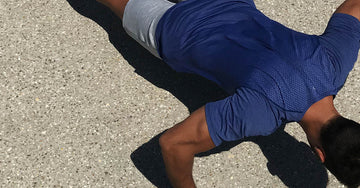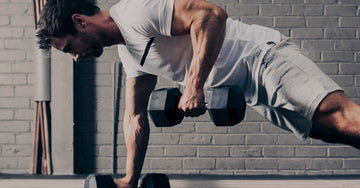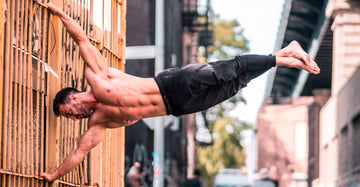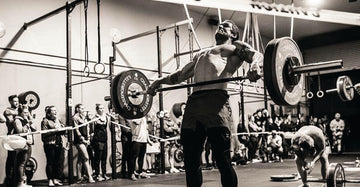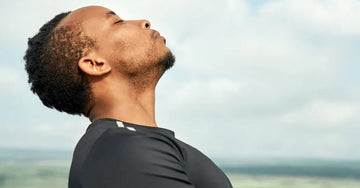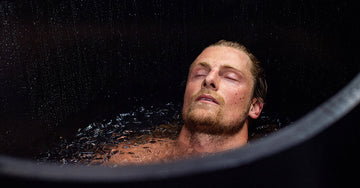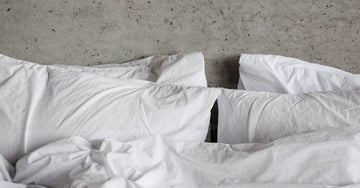How To Correct Shoulder Stability With 4 Simple Movements

Mobility is in vogue. Foam rollers and lacrosse balls litter the floors of training facilities worldwide. But this ‘herd mentality’ fuelled ‘in thing’ is only half the picture. We’re creating a generation of exercisers who can put their feet behind their head, but fall apart when you put a bar on their back.
The other half of the picture is stability.
Picture a rowboat sitting in the water. Now dump a cannon on that boat, light the fuse and stand back. The cannon ball might move a couple of metres, but so will the boat. As Newton tells us, for every action, there is an equal or opposite reaction.
Now put that same cannon on an aircraft carrier. Light the fuse. The cannon ball disappears over the horizon – the ship hardly shudders. The ship has stability, the rowboat doesn’t.
Mobility puts you in position, stability allows you to generate force from this position. This force means more weight lifted more efficiently, and it means less injury.
There are few places in the body where stability is more important than in the shoulder blades (scapulae). Unstable scapulae and winging shoulder blades are common problems.
One of the primary functions of the scapulae is to provide a stable base from which to create movement in the upper body. The shoulder is a complex joint with multiple articulations (between the spine, scapulae and humerus). During movement of the arm, a set process known as 'scapulo-humeral rhythm' occurs (below).
[/vc_column_text][vc_single_image image="2697" img_size="large"][vc_column_text]Basically, the above image shows the stages of shoulder movement:- An initial movement of the gleno-humeral joint (where the shoulder blade joins the humerus).
- A movement of both the gleno-humeral and the scapulo-thoracic joint (where the shoulder blade joins the spine).
- A secondary movement of the gleno-humeral joint.
- A final movement of the scapulo-thoracic joint.

